CFO Stories
Bob & Barb Kipfer: Planting funds to support future growth at Bull Mills
Couple’s efforts help provide a natural resource to learn from for years to come
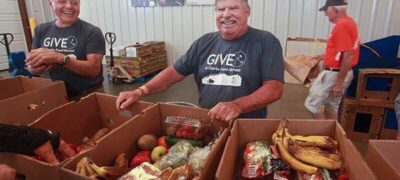
Couple’s efforts help provide a natural resource to learn from for years to come
Bob and Barb Kipfer have spent much of their lives making things better.
That was the case in the first iteration of their careers, when they worked in the medical field. In another sense, the sentiment remained true when the couple purchased 85 acres of land in rural Christian County. That moment, back in 1995, was a decision to improve their own lives by acquiring a place to relax. But nearly 30 years later, that decision also has proven a benefit to the world — and a fair amount of rewarding work.
With little prior conservation experience, the Kipfers have spent much of those decades investing time, energy and resources in helping gradually restore the land — now, some 400 acres — to its native state.
Their efforts, and their many other conservation-related endeavors, have been of such significance that it led the National Wildlife Federation to honor the Kipfers with its National Conservation Special Achievement Award in June 2022.
“I think the real message I would want to get out, from a conservation point of view,” Bob says, “is that you're never too old to get into conservation.”

Conservationists Bob and Barb Kipfer, once medical professionals, have spent decades of their lives studying and sharing the natural Ozarks.
While the award sits on the mantel in their home, for the Kipfers the real award is much larger — and will last much longer.
Last year, they took steps to protect their efforts and share it with others by entering into a remainder trust with Missouri State University. When the Kipfers die or decide they can no longer manage the land, MSU will take over the land — for at least 50 years — with three trustees managing the property and making the financial decisions.
To support those ongoing efforts, and provide for the future of the property’s maintenance and improvements, the Kipfers established an endowment with the Community Foundation of the Ozarks.
“It’s really hard to know what the future holds,” Bob says, speaking of needs that might evolve for the property. “We wanted to have something to maintain the land.”
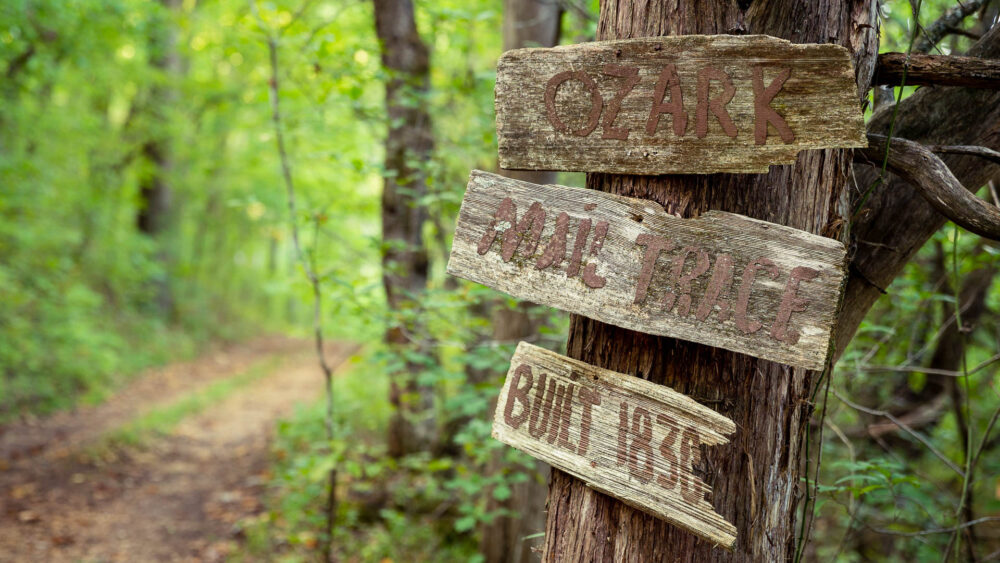
The Ozark Mail Trace, historically known as the Carrollton-Forsyth-Springfield Road, runs through the Kipfers' property at Bull Mills. The road was first blazed in the 1830s to provide a route for commerce to travel to and from Springfield and the White River at Forsyth.
The Kipfers’ acreage, tucked among hills and hollows and reached by gravel roads, is a little more than 10 miles south of Ozark. It’s in the area of the old Red Bridge, for locals who know the iron structure across beautiful Bull Creek.
That tucked-away oasis may be where the couple is now often found, but it wasn't where they ever expected to be.
Back in the ’90s, they were still working in their first careers in the medical field: Barb was a nurse, and Bob, a gastroenterologist, was a physician leader at today’s CoxHealth. The Kipfers became fast friends with another couple who owned a cabin and land outside of the city where they could go on weekends, and the Kipfers decided they’d like to get a place of their own.
The land they got is not where they originally wanted, as it was far from the home of those friends. But two words from the real estate agent’s lips – Bull Creek – was enough to reconsider: A local physician had purchased land near the creek, and word on the area’s beauty was loud on the street.
“My ears went up. We went down and looked at it the next night, and we virtually bought it sight unseen,” Bob recalls. “I had not seen it in daytime until the day of the closing when I went down and hiked it more that morning. And it was just love at first sight.”
That beauty grew with time.
“In the spring, when everything started to burst forward, there were all these wildflowers — things we didn't even know what they were,” Barb says. “It was a really exciting time. That was our getaway every weekend that we could possibly do it.”
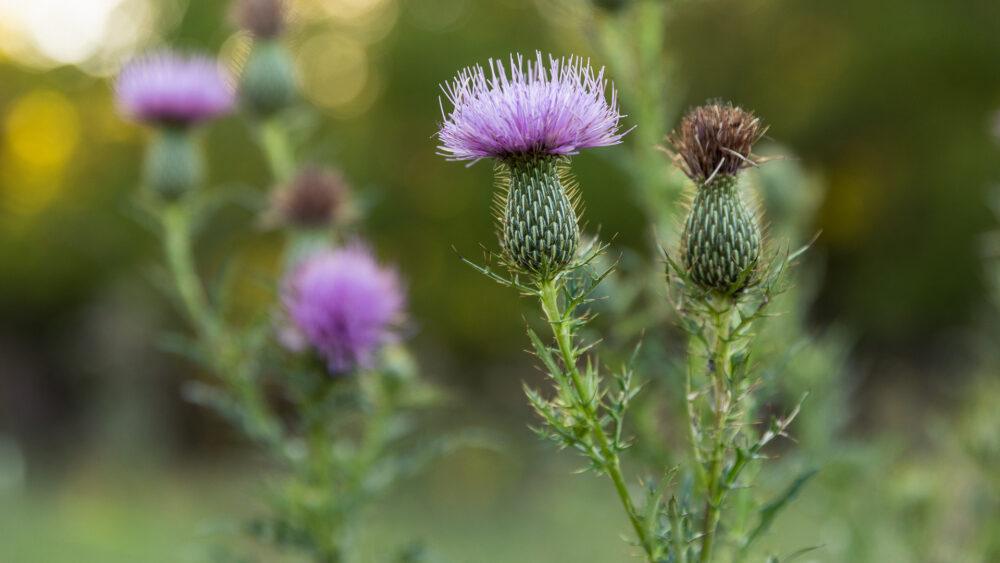
Tall thistle is one of the many native wildflowers that can be found at Bull Mills.
While the Kipfers are now ardent conservationists, in the mid-1990s their knowledge was limited. The world in which they were surrounded, however, contributed to their connection with the land and its meaning beyond their lives.
In the early 1800s, explorer Henry Rowe Schoolcraft made his trek across the Ozarks through their land. Schoolcraft’s “Journal of a Tour into the Interior of Missouri and Arkansaw” is largely considered the first modern account of the Ozarks region.
Native American artifacts have been found on-site; remnants from a post office, the mill and a cabin dating to the 1840s remind of life long ago, as does the Cobb-Keeton Cemetery. Its stones from the 1800s silently tell of those for whom the land was part of their life, and today it still is.
Those discoveries, study and passion for creating a better natural world have evolved in the years since the Kipfers’ purchased the property, which led them to build a bank.
Not of money — of land.
It was erosion that led the Kipfers to build that bank along the water on their property, and of their own knowledge and understanding conservation. They worked with the Missouri Department of Conservation through a cost-sharing collaboration for the stabilization and repair of the bank, which included planting 2,000 seedling trees.
“Once word got out at MDC that they had a ‘live’ one, they started coming back,” Bob says, listing some of the projects: Burning, warm-season grasses, glade restoration, timber-stand improvement and further bank-stabilization efforts.
“Each one of those things was a new education and got us to the point that when we retired ...” Bob says, and Barb finishes: “... we had our jobs cut out for us out there.”
The couple’s section of Bull Creek is recognized as an index stream, the highest standard against which others are measured, and one of Missouri’s Outstanding State Resource Waters.
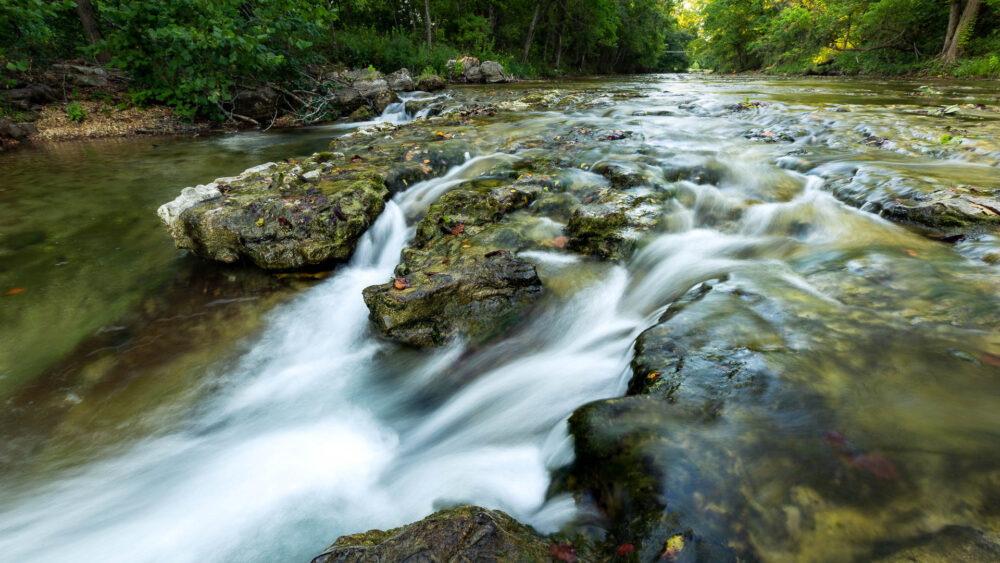
Bull Creek rushes through the Kipfers' land in rural Christian County.
Over the nearly 30 years since the initial piece of property was purchased, the Kipfers’ awareness and interests have developed, too. They are both Master Naturalists; Barb is the immediate past president, and also serves on Missouri’s Grow Native Board.
“My bigger thing is insects and animals; Barb’s is botany and invasive species,” Bob says.
To share that knowledge, they have published more than 1,400 blog posts on wide-ranging topics from frost flowers to rusty spider wasps.
Another way the Kipfers have shared their knowledge is through the Wonders of the Ozarks Learning Facility, better known as the WOLF School. A year-long choice program for fifth graders in Springfield Public Schools, the WOLF School teaches curriculum through the lens of environmental sciences and conservation. The Kipfers have spent years regularly helping with classes, which began when students first came out to Bull Mills on field trips.
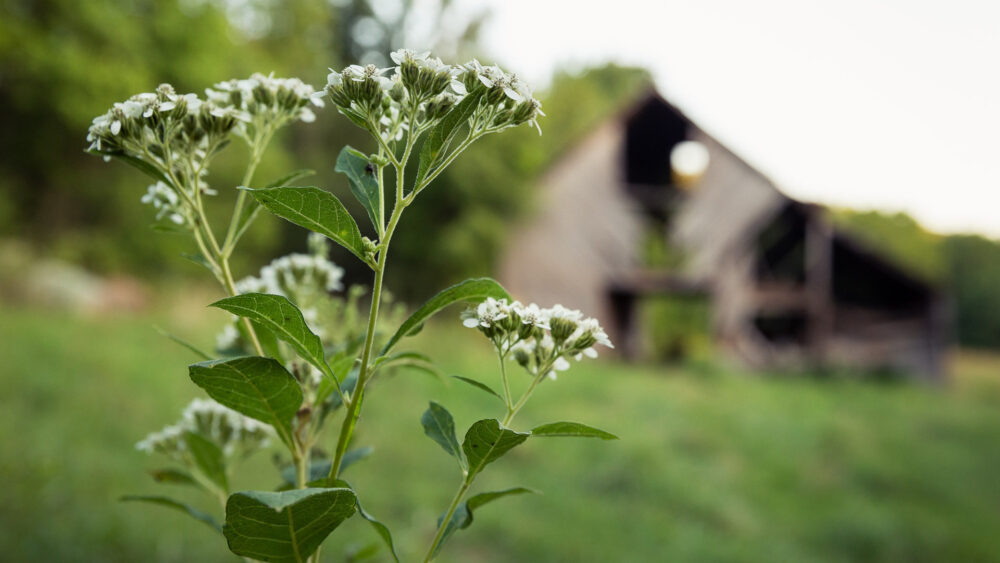
White crownbeard, also known as wingstem or Verbesina virginica, blooms near a 120-year-old barn at Bull Mills. The native wildflower is one of the few plants that produce "frost flowers" — delicate extrusions of icy moisture from the stems — when overnight temperatures dip below freezing in the fall.
Those students aren’t the only ones to benefit from trips to the Kipfers’ property. About five years ago, MSU began having students perform field research at the site — primarily around stream ecology — with more to come. An example is with art students, for whom there are plans to restore the onsite cemetery.
A high moment came earlier this year when a new species of frog-biting midge was discovered on the property. The discovery is now officially published, and the tiny fly is christened Corethella kipferi.
“It’s just fascinating stuff that lives down there,” Bob says.
Exposure to the land is also a benefit to those outside the worlds of science and conservation. Teachers in other disciplines also use the site for their own learning experiences involving sustainability and ecology.
“We had a group of them come down for the first time earlier, and through the tinted windows I could see their pupils were dilating. Because they’re not used to being out there (in that environment.)
“I realized: That’s even more important. You don’t want to preach to the saved. You want to preach to the unsaved.”
As years progressed, the Kipfers — Bob is 81, and Barb is 79 — debated about what to do to ensure the property’s future was what they would want.
“We became very protective of the land,” Bob says, and notes that they talked to a variety of organizations about taking it on. “None of them could promise they wouldn’t sell it. Because ‘If something better comes along and we need the money, we’ll sell it,’ they said. We did not want that.”
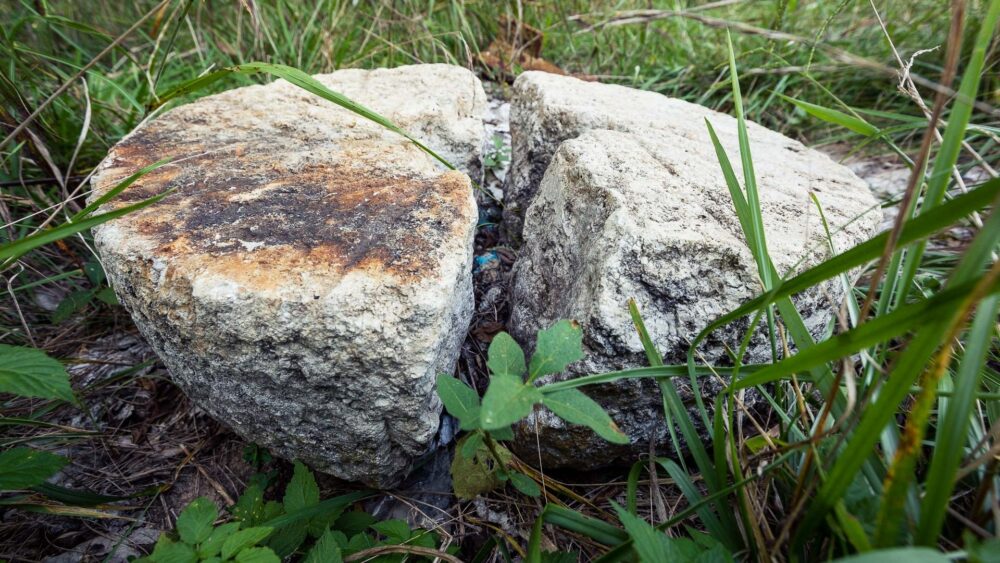
An old grindstone, originally from one of the mills once powered Bull Creek, now rests in a bottomland field at Bull Mills.
Through the Missouri Department of Conservation, they became connected to MSU.
“We have an agreement for 50 years they cannot sell it,” Bob says of the Bull Mills property. “Not that they’ll want to — by the end of that, there will be very little land like this left, I’m afraid.”
To enhance the value of that decision, the Kipfers also decided to establish an endowed donor-advised fund with the CFO. Upon their deaths, their estate will distribute to the fund, which in turn will be managed by a group of advisors to support maintenance and improvements at the Bull Mills property.
“As you can imagine, it requires some upkeep,” Bob says, noting ongoing needs such as fixing the road when it floods, and the plumbing. There are also larger opportunities, such as making the house’s bathrooms ADA compliant when the Kipfers no longer live there, or planting trees when needed.
“The whole idea for that is the maintenance of the land,” Bob says. “To continue to be wild in a controlled way.”
By Kaitlyn McConnell, writer in residence for the Community Foundation of the Ozarks